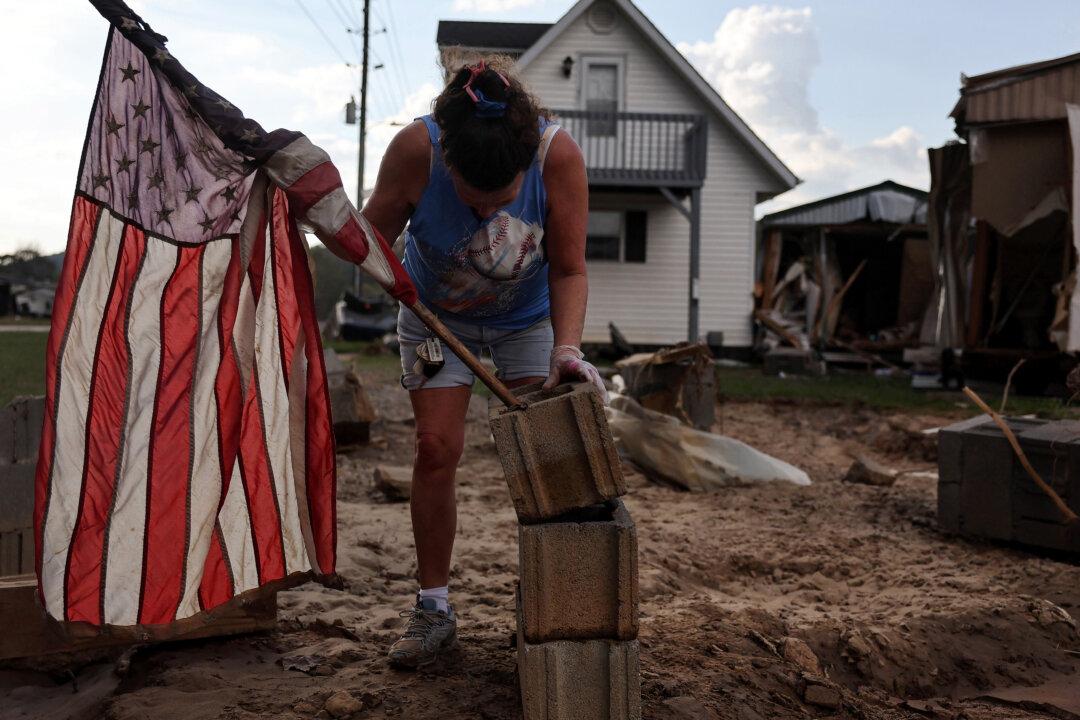Updated damage estimates from Hurricane Helene show uninsured losses are in the tens of billions of dollars because many homeowners did not have flood insurance and are now faced with financial burdens and difficult decisions as they start to rebuild.
Hurricane Helene left a path of destruction when it hit nearly two weeks ago, and the updated loss estimates from the hurricane show total wind and flood damage could be between $20.5 billion and $47.5 billion, according to CoreLogic, a global property information and analytics provider.





